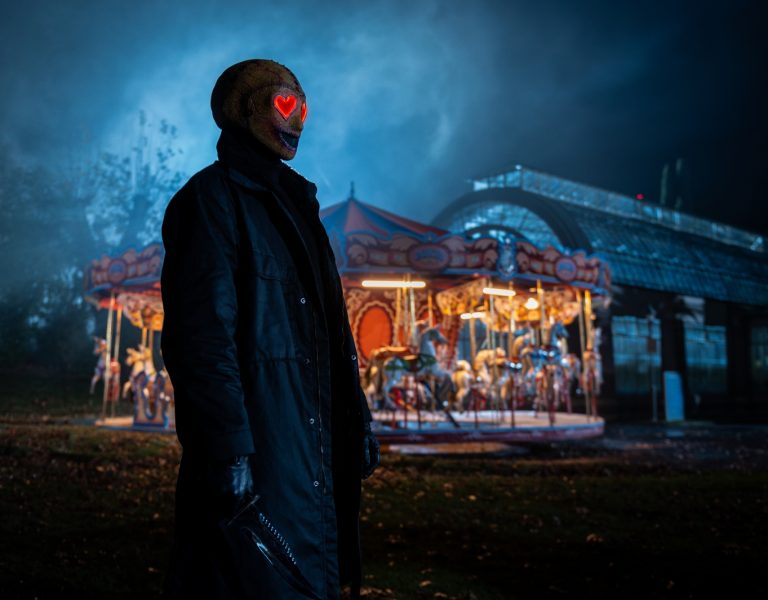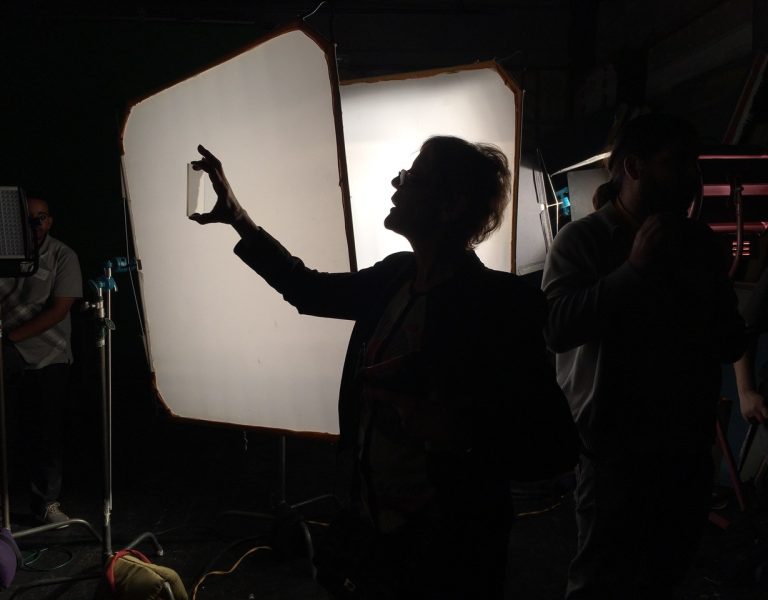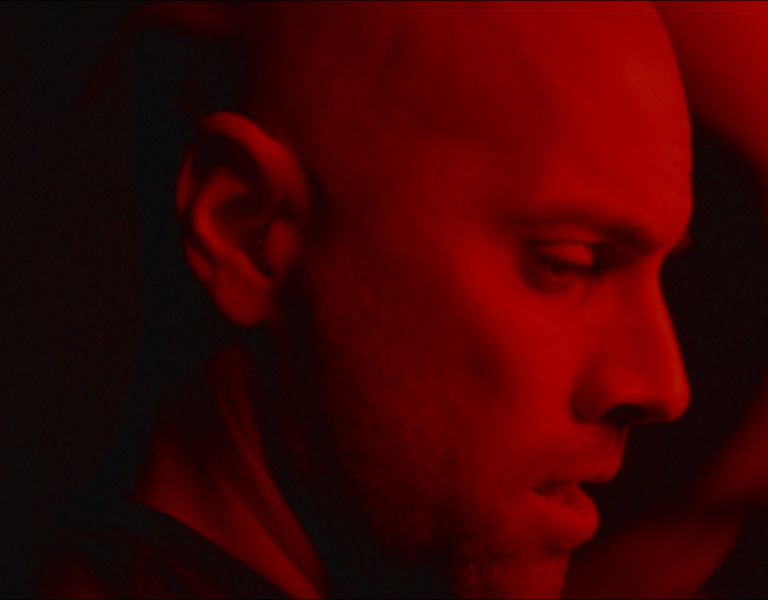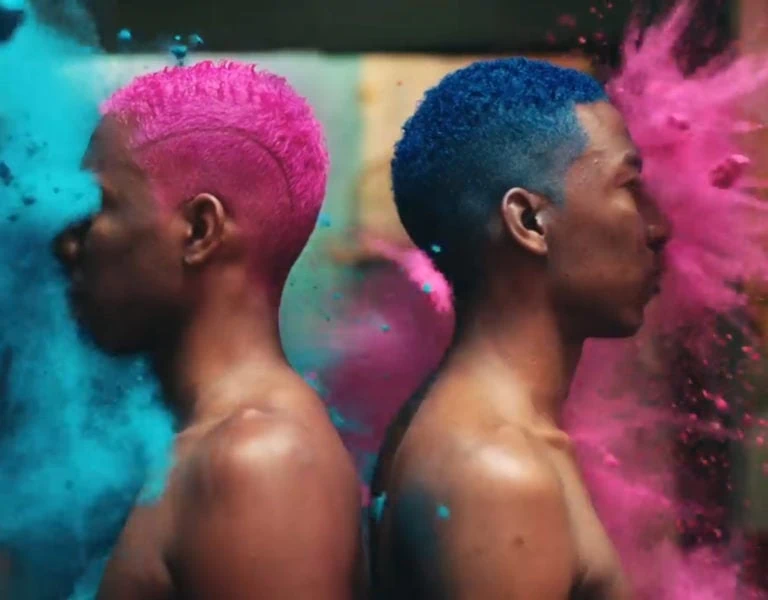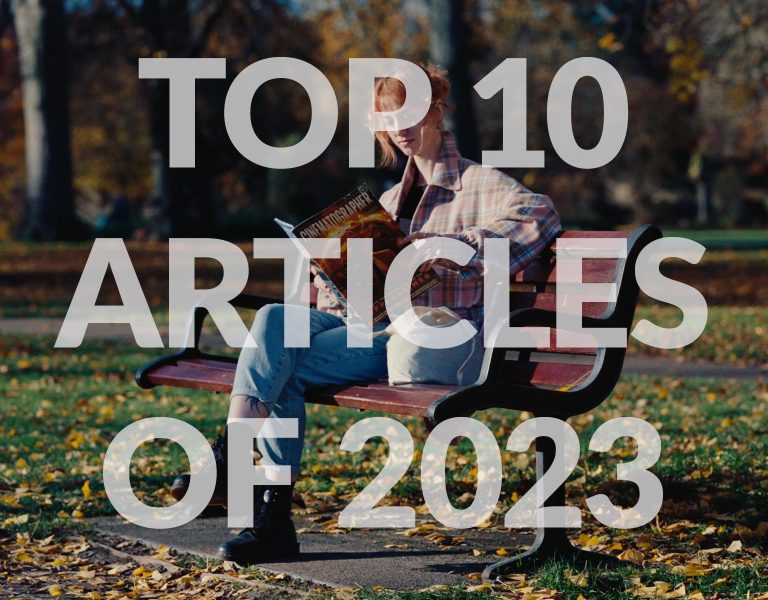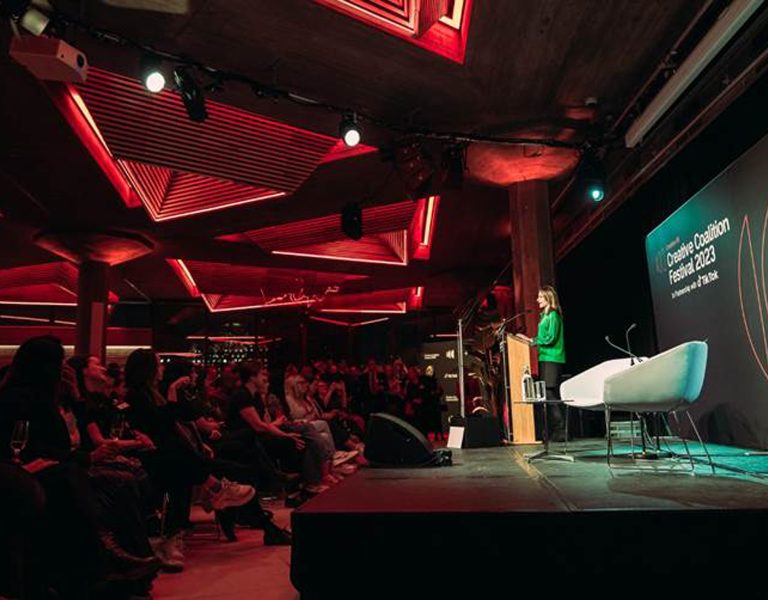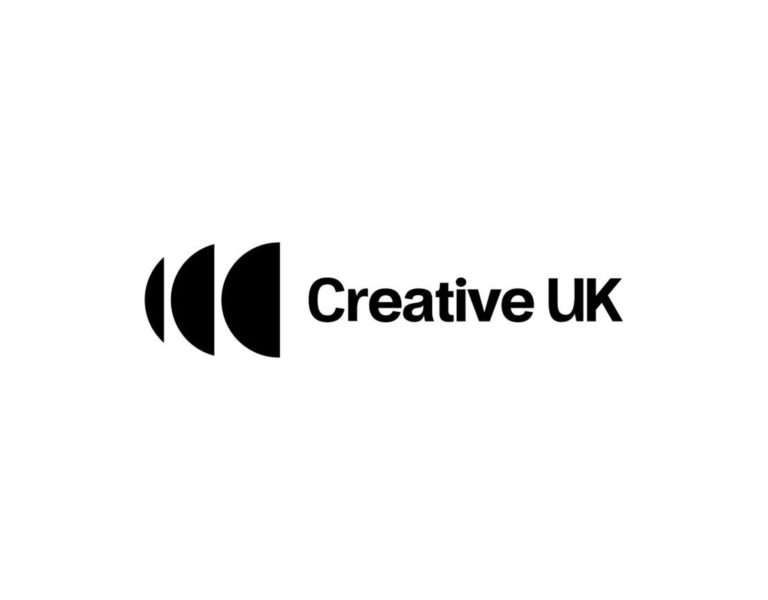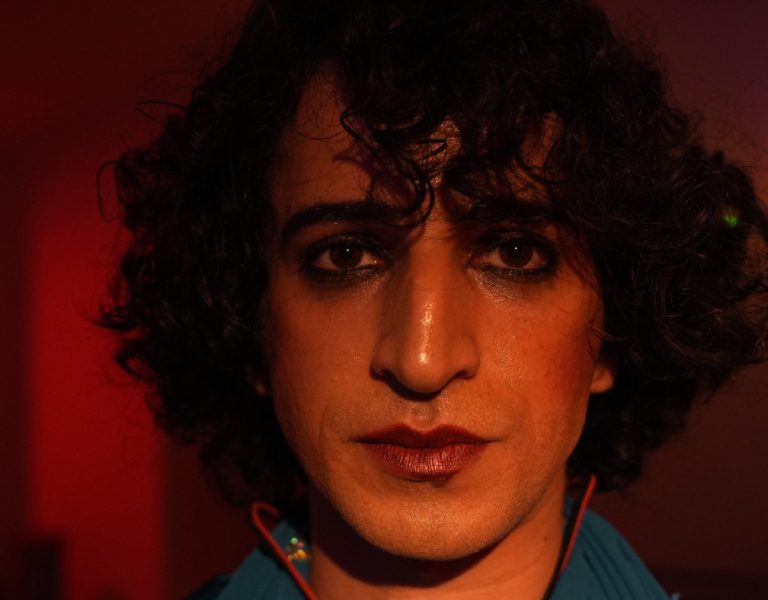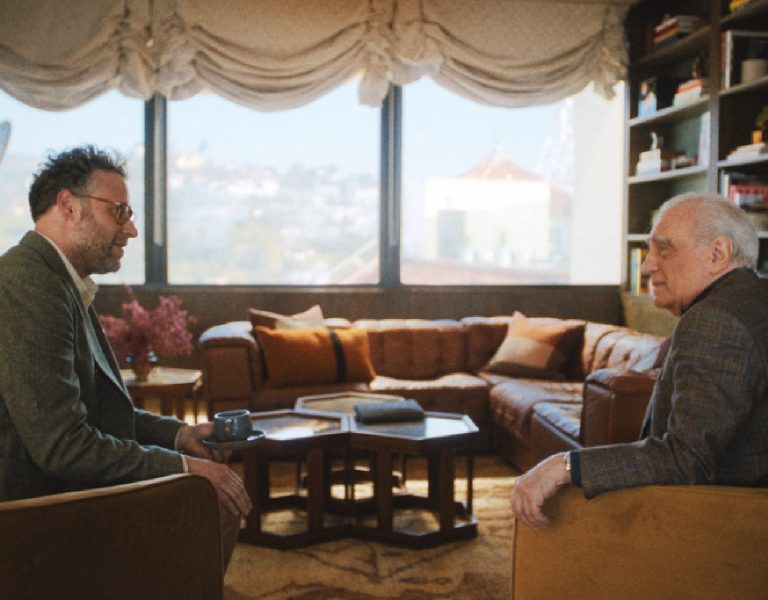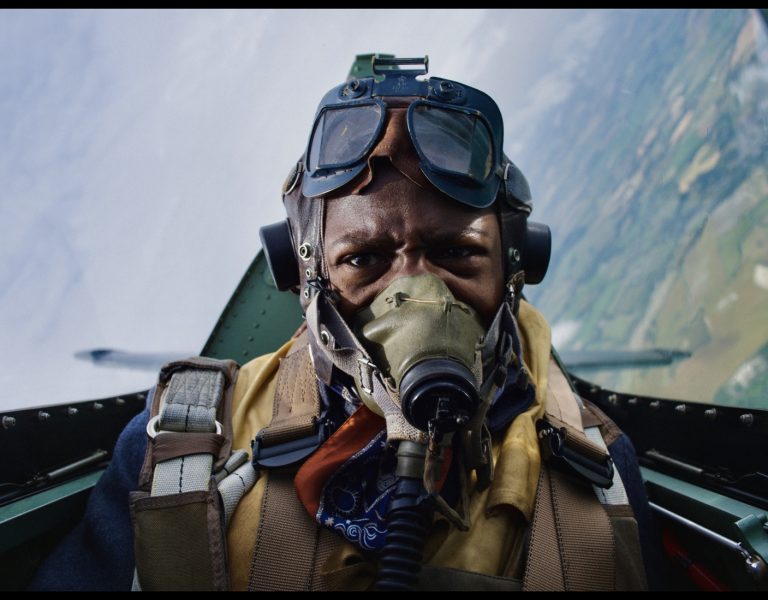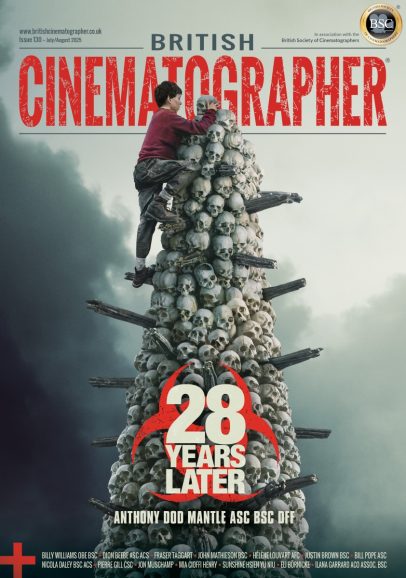Home » Features » Opinion » Point of View »
If you ever try to Google whether two cinematographers can work on the same set, the top results might discourage you: “Yes, they can, but they shouldn’t. Having two cinematographers means clashes of thoughts and opinions.”
We are Lina Margaitytė and Marius Krivičius – Two Cinematographers, and yes, we work on set as a cinematographer duo. How is that possible?
Rethinking Cinematography: A Collaborative Approach
Many people are skeptical about the idea of two cinematographers working together, as this form of collaboration is still relatively uncommon in the industry. Traditionally, the director of photography is seen as the singular creative force shaping the visual language of a film, making it hard for some to envision how two people can share this responsibility effectively. Concerns often center around potential conflicts in artistic vision or decision-making on set.
Cinematography has undergone a significant transformation from the days of film, where only a DOP could see the image through the viewfinder, to the digital era, where everyone on set can see the shot on their own monitors. Naturally, the role of the cinematographer evolved as well. This shift has also opened up new opportunities for collaboration, including the possibility of having two cinematographers working as a duo on the same set. With monitors providing a shared view of the shot, cinematographers can divide responsibilities, focusing on different aspects of visual storytelling. One may concentrate on framing and camera movement, while the other oversees lighting and works closely with the director to refine the narrative vision. This approach not only increases efficiency but also adds depth to the creative process, proving that cinematography can embrace teamwork without compromising artistry.
How It All Began
We met a long time ago in film school, fell in love and worked as 1st ACs on each other’s projects – whether it was a student short film or a commercial. Over the years, we always prepped projects together, discussing the best ways to tell a story, how to light a scene, and how to frame shots. Even on shoot days, when one of us was behind the camera and the other was assisting, we kept talking about storytelling, lighting, and all the creative aspects of the film. Managing the technical demands of setting up the camera and pulling focus while staying immersed on the creative side wasn’t easy and didn’t give us the collaborative experience we were looking for.
In our final year of film school in 2019, we decided to shoot our thesis film together. That turned out to be one of the best decisions we made, and it marked the beginning of our journey as a cinematographer duo – Two Cinematographers.
How We Work Together
One of the greatest aspects of working together is the preparation. Often, the best ideas emerge from discussions, just by talking through things with each other. As a DOP, it’s easy to get stuck on one idea – whether it’s a particular lighting choice or the way to shoot a scene. But having a second perspective helps break through that. It allows us to step back and find an approach that works better for the story.
On set, our dynamic is simple: one of us operates the camera while the other watches the shot behind the monitor. It’s similar to the relationship between a DOP and a camera operator, but we both communicate with the director, gaffer, and camera assistants. We also talk to each other during takes over the intercom, which is incredibly helpful – especially in handheld scenes. When operating handheld, it’s easy to focus solely on movement, composition, and getting the shot right. But with one of us monitoring the shot, we can consider the bigger picture – how the shot fits with the rest of the story, the acting, and what we could improve on the next take. We also switch roles when needed, especially during long, physically demanding days. If it’s a 12-hour day, all handheld with awkward low angles, swapping places helps us survive. Sometimes we decide who will operate the camera before the scene, but other times it just feels natural in the moment.
Misconceptions
People often ask how we handle disagreements on set. The answer is simple: we don’t. For us, the set is a place for execution, not debate. Any differences in opinion are resolved during prep, when we settle on the film’s visual style and key creative decisions. By the time we’re on set, we’re completely aligned. And it’s easy to stay on the same page when you spend so much time together, observing the world and talking about the light. If our taste and vision weren’t in sync, then for sure, working together wouldn’t be possible.
Another misconception is that two cinematographers might overwhelm the director or influence their decisions too much. In reality, our goal is to support the director. Collaboration allows us to share the workload, offering thoughtful input while helping bring the director’s vision to life. Far from being intrusive, our partnership creates a stronger foundation for the entire creative process.
A New Perspective on Cinematography
In an industry where the idea of two cinematographers working together often raises skepticism, we’ve found that collaboration can be a powerful tool for creativity and efficiency. By preparing thoroughly, dividing responsibilities, and maintaining open communication, we’ve built a working dynamic that enhances both the storytelling process and the director’s vision. Our journey as a cinematographer duo has shown that with trust, mutual respect, and shared passion for the craft, this unconventional approach can lead to stronger, more thoughtful cinematic work.
–
https://twocinematographers.com
Image credit: Tomas Riuka

